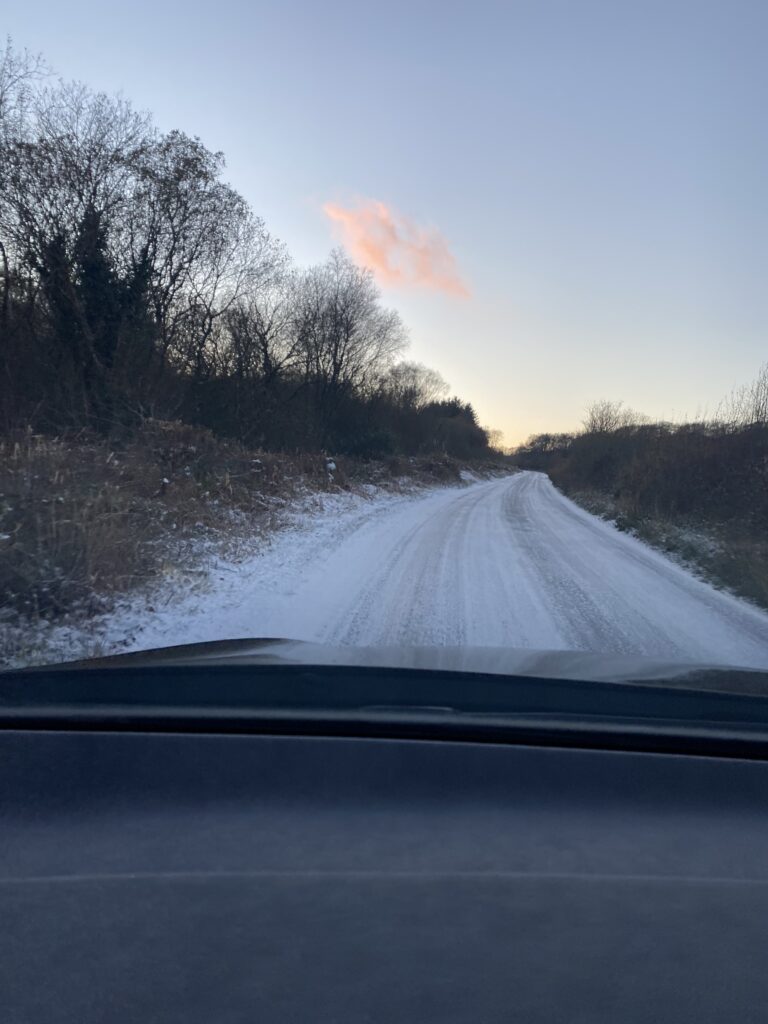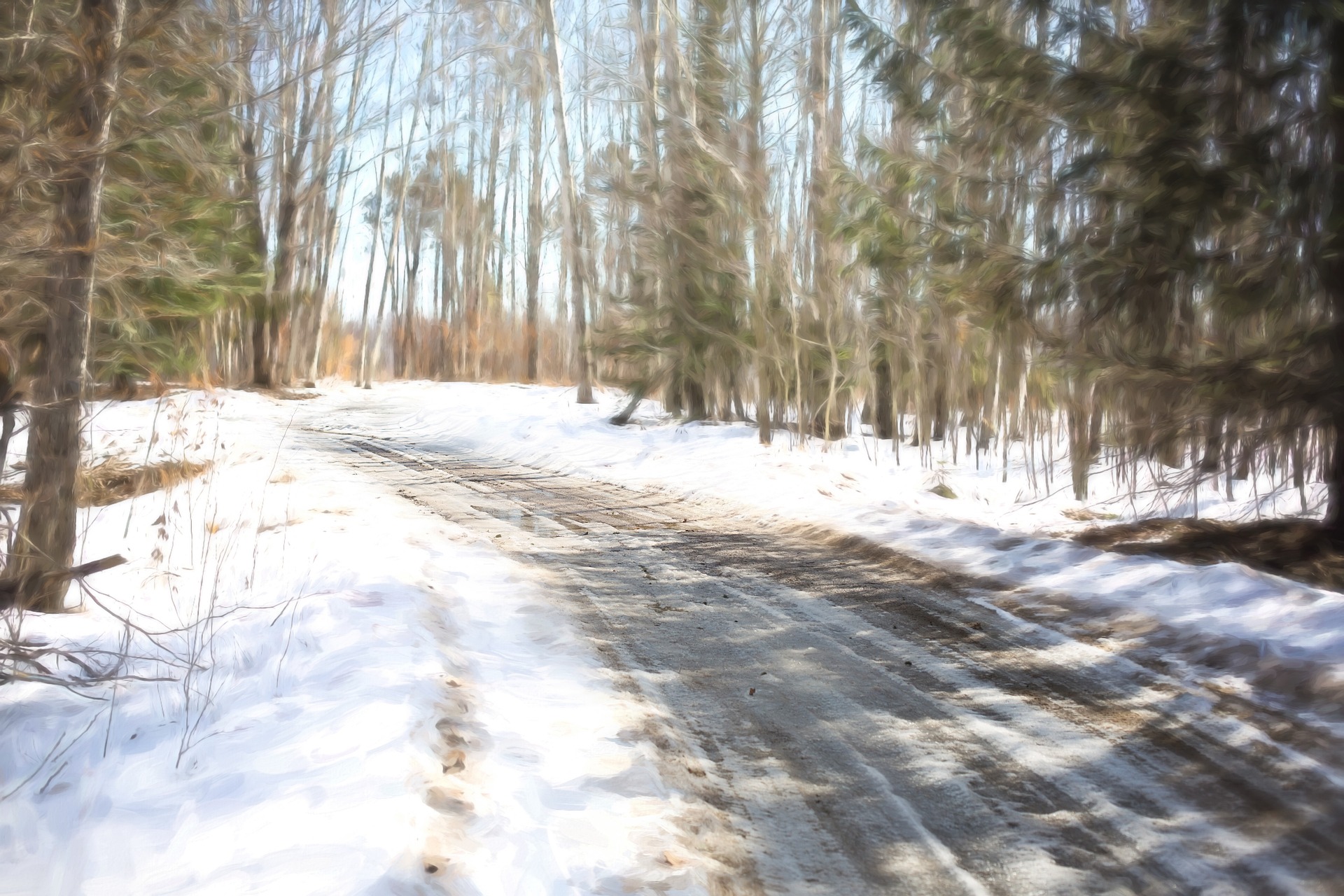With the recent cold snap, we can expect snow and ice over the coming days, particularly in the morning and at night, so it makes sense to be prepared and to anticipate the conditions by preparing yourself and your car.
Before setting out
Even before you sit into the car, check the weather. You can get local weather reports easily online so check to see if snow, ice or other adverse conditions are likely. This gives you a chance to change your route or even decide not to travel at all, which always remains an option.
Makes sure your tyres are in good condition and have at least a tread depth of 3mm. Anything below that and you really need to replace them, even though that’s more than the legally allowed depth. You really don’t want to take chances with tyres.
Check the pressures, remembering that in lower temperatures, the tyre pressures can also reduce. Remember to check the spare tyre too – you never know when you might need it. A lot of new cars are coming without a spare wheel, so check to see if you at least have a can of gunk to deal with minor punctures. This solution is useless if you have a full-on blowout and in all honesty, they’re useless in most conditions, particularly when it’s cold. I’d seriously recommend buying a spare wheel, jack and wheel brace, otherwise a puncture could mean calling out a breakdown service.
If you’re buying new tyres, winter tyres are probably overkill for Ireland as we only tend to have sporadic wintry conditions, but you might consider all season tyres, which are designed to be effective in summer and winter.
Take time to clear your windows and mirrors before you set out and leave extra time to do this. Hot water is effective for clearing windows but it really doesn’t need to be too warm. If it’s uncomfortable to keep your hand in it, it’s far too hot. Lukewarm water is fine. Any hotter and you risk cracking the glass, particularly the thicker windscreen.
Free off your windscreen wipers as they could be stuck to the glass with snow or ice and turning them on could easily break them.
Use a good quality anti-freeze/cleaning solution in your screenwash tank to ensure it doesn’t freeze. You can either buy a premixed solution that goes straight into the tank or buy a concentrate that you dilute with water. Most tanks are around 5 litres capacity or slightly under but your user manual should have that information.
Lights
When you set off, use your lights but make sure they’re working before driving off. You should use dipped headlights – don’t rely on side lights or daytime running lights, which may not operate on the rear lights at all.
Foglights front or rear aren’t necessary unless there’s fog. Remember to turn them off when the fog lifts, otherwise you’ll dazzle other road users.
Driving on ice
Drive slowly and smoothly and always look well ahead so that you can anticipate hazards. The key to driving in slippy conditions is smoothness. No stabbing at gears, pedals or steering wheel. Imagine you’re driving so that the basket of eggs on your passenger seat don’t break and you’ll be fine.

Drive in the highest gear possible to minimise any jerkiness of the accelerator pedal transferring to the driving wheels. If conditions are really bad and you find it difficult to start off, try starting from second gear, which really makes a difference. If you have an automatic transmission or an electric car, check the manual to see if there’s a winter mode, which you’ll find will help you greatly.
If your car is four wheel drive, check to see if it’s a part time or full time system. Part time systems use two wheel drive in normal conditions, only bringing in the extra two wheels when conditions cause the driving wheels to slip. Full time systems drive all four wheels continuously, so you might find them more effective. Some jeeps have a 4wd switch or lever which must be operated manually, so check your user manual if in doubt.
The usual advice is to use a lower gear when driving downhill, to keep a check on speed but lower gears in slippery conditions can cause the car to jerk and lose grip.
Never use the gears to slow down in snow or ice, use very gentle braking instead. The reason for this is that changing down through the gears often results in a jerk, which can cause the driving wheels to slip and skid. The other reason is that the brakes operate on all four wheels, whereas the gears only operate on the driving wheels, which may only be two wheels, even on four wheel drive cars.
But remember, brake very gently – think eggshells again.
Black ice is one of the most dangerous hazards you will encounter as it’s very difficult to see. If you feel you’re driving on ice or black ice, do nothing if possible. Let the car glide over it until you find some grip again. Don’t brake and try not to steer. If the conditions are that bad, you should be travelling slowly anyway.
If you feel the back end of the car drifting left or right, turn the steering wheel very gently in that direction to straighten the car but don’t overcompensate or you’ll quickly lose control.
ABS
Most cars are now fitted with anti-lock brakes which will slow you down without locking up the wheels, ensuring that you can still steer. It’s important to realise that when the ABS kicks in, the brake pedal will vibrate and you’ll feel and hear these vibrations. Ignore your natural reaction to come off the brake, thinking that something is wrong. Keep your foot on the brakes until you need to come off. The vibration is normal so don’t worry about it.
Ironically, a car without ABS will stop more quickly than an ABS equipped car in deep snow, as the snow builds up in front of the wheel, increasing the resistance. It’s not worth worrying about as the important thing to remember is that ABS allows you to steer, which is far more important.










